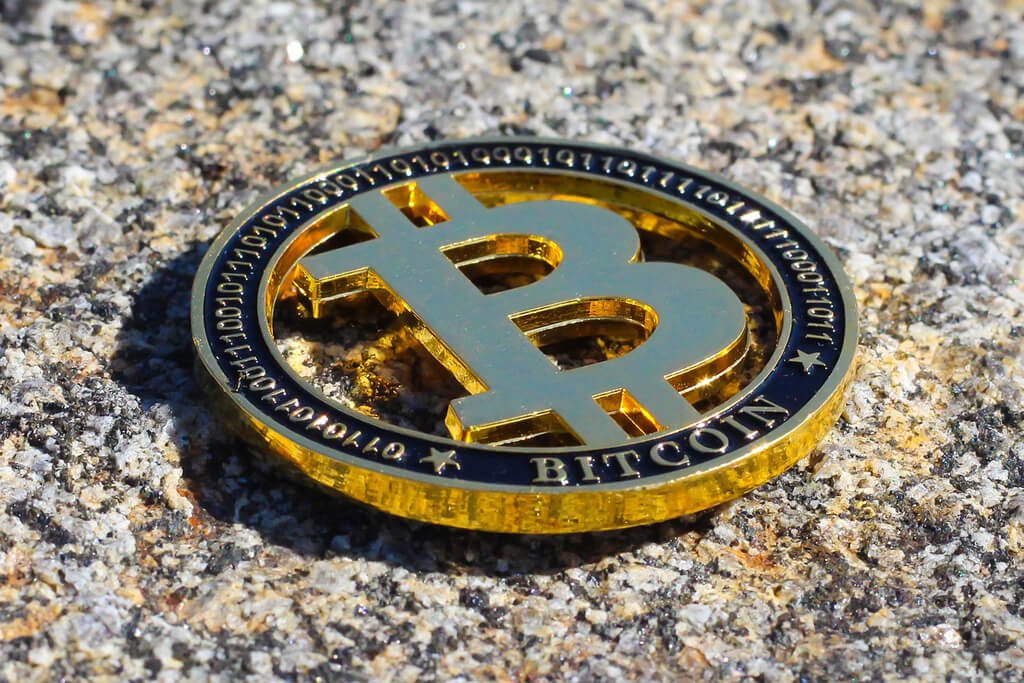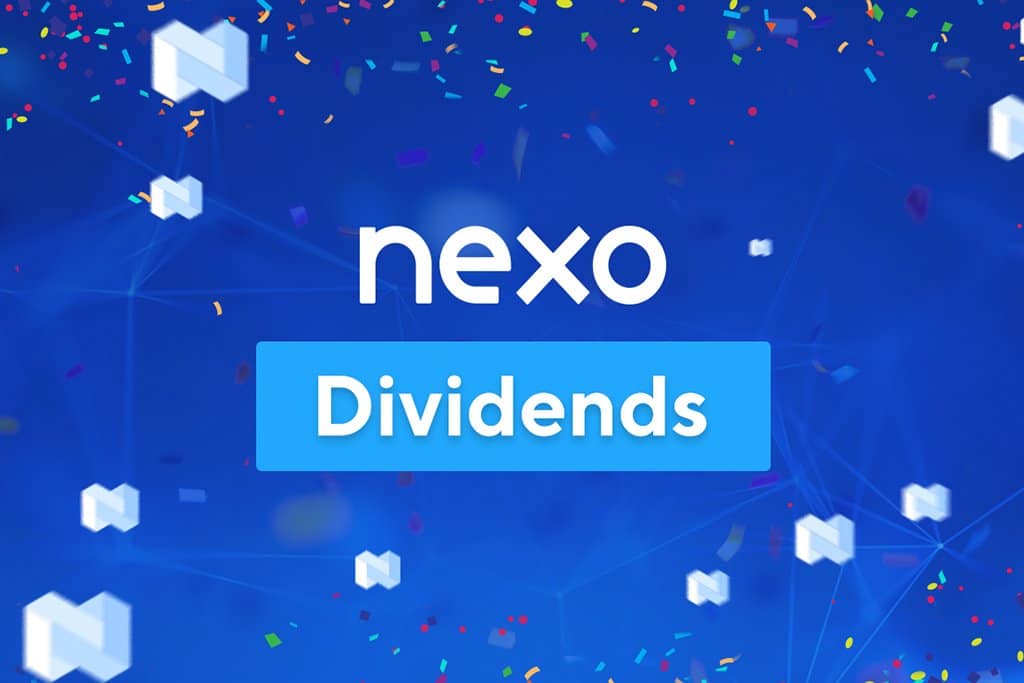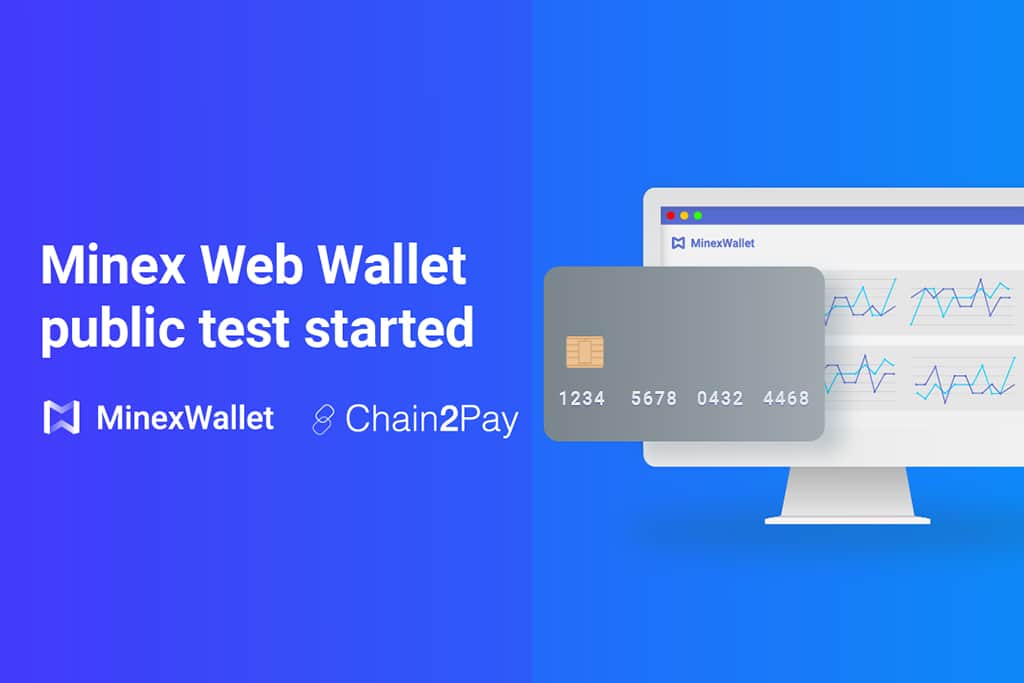
Please check out latest news, expert comments and industry insights from Coinspeaker's contributors.
More and more merchants are accepting digital currency for transactions. However, the number of websites and physical locations taking them is still somewhat limited.

Fortunately, miners and investors now have new options when it comes to putting their crypto money to use. How? A small number of companies are now offering credit and debit cards that can be linked to Bitcoin and Ethereum wallets, using those balances for cash purchases and withdrawals via ATMs. This is a natural step in the continuing evolution of cryptocurrency being accepted as a financial instrument.
Bitcoin is maturing. Its reputation as a legitimate currency is growing, due in part to rising interest from institutional investors. This year has seen the launch of many crypto funds from the banking and investment communities which has given the market a new level of respectability.
At the same time, Bitcoin value continues to grow. Certainly, there have been volatile fluctuations, but overall its value has increased significantly. Many experts predict the Bitcoin value will rebound above $20,000 before the end of the year.
Miners and institutional investors alike want to reap the benefits from its growing value. Until recently, few options existed that would allow these people to convert their Bitcoin to cash, or to use it for purchases.
Deals could be made exchanging Bitcoin for products or services. But this seemed more like bartering than anything that resembled an actual financial transaction system because there were few opportunities to use Bitcoin.
As cryptocurrencies go mainstream and gain more popularity, there is a need for Bitcoin to become more user-friendly. Those who own Bitcoin want and need ways to use the accumulated value for day-to-day spending, for an easy access to cash, and a way to use the money in a Bitcoin account for transactions and purchases.
This void is now beginning to be filled by the introduction of Bitcoin-based credit and debit cards. People that want to use Bitcoin-based cards should typically go through a short process which includes requesting a card from a provider that supports such activity.
The user then registers or authorizes the card to activate it. Next, the card must be linked to a Bitcoin wallet. Money can then be loaded onto the card, converting the bitcoin from that wallet into fiat currency.
Once this is done, a person can use the card anywhere where the card’s payment system such as Visa, Mastercard, etc. is accepted. That means a card owner can shop online just as they would with a traditional credit or debit card, pay for services, buy products in stores, and travel. These credit and debit cards let holders buy anything with Bitcoin.
Any store that accepts credit or debit cards will accept the Bitcoin-backed card. The merchant gets paid in his fiat currency by the card company, and the charge is deducted from the card owner’s Bitcoin balance.
One additional feature to look for is the ability to withdraw cash using these cards. Some cards now work with ATM networks to dispense cash.
When it comes to Bitcoin cards, usefulness and fees vary from card issuer-to-issuer. Digital currency holders should compare the terms of any card as they would traditional credit and debit cards.
Items to look for include where the card is accepted, ATM coverage, transaction costs, monthly or annual fees, and caps on spending or withdrawals. Keep in mind that some cards incur large usage fees and have a sparse network of ATMs in the desired geography. This limits their usefulness.
One additional point to consider is what type of card: Credit or debit, one should request. As with traditional cards, the choice is up to the individual based on how that person will use the card.
So, how does one find a suitable card? A few minutes searching the web will quickly provide investors with online sources that can be used to evaluate and compare cards. In these searches, a digital currency investor should look for cards that have no or low fees and an abundance of ATMs in the investor’s global region.
One pioneer in the field to consider is Nebeus, a crypto bank that brings together cryptocurrency opportunities and a standard bank service. Its Nebeus trading platform supports peer-to-peer (P2P) lending and a multi-cryptocurrency wallet. The platform enables customers to buy, sell, store, remit, lend and borrow cryptocurrency funds.
Nebeus offers two cards that allow holders to spend their cryptocurrency at their convenience online, offline, or to get cash at ATMs, and the convenience and protection this card offers is hard to beat.
The Nebeus Exo Card lets users top up their card with all major cryptocurrencies and spend that money with over 30 million merchants online. Users can make $1,500 ATM withdrawals per day, worldwide. And they get 3% cashback In NBTK tokens monthly. There is no monthly fee for the card for NBTK holders.
The second card is the Nebeus Rocket card. Users can top up the card with Bitcoin and enjoy the convenience of spending their crypto money wherever major cards are accepted. Users can make $750 ATM withdrawals per day, worldwide. And they get 2% Cashback in NBTK tokens monthly. There is no monthly fee for NBTK holders.
Nebeus is building bridges between crypto and fiat finances. New Nebeus cards allow the use of Bitcoin and Ethereum as collateral to get a fast loan in fiat or cryptocurrency, and besides that Nebeus Exo and Nebeus Rocket card owners are entitled to perks, benefits and other rewards, so when you think about the advantages they offer, you will probably never use the mainstream bank card again. A full scale Nebeus crypto-financial eco system allows participants to create and consume financial products and services in the secure and convenient environment.

Please check out latest news, expert comments and industry insights from Coinspeaker's contributors.




